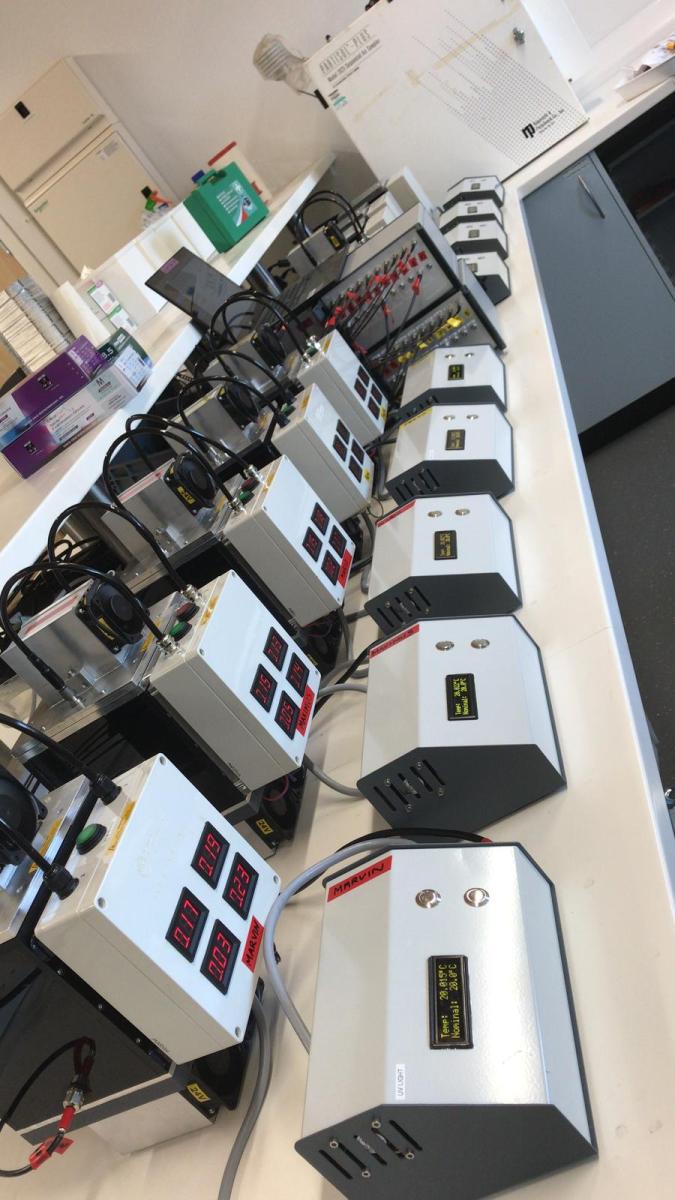Early into the LOCATE project, additional funding was made available to develop new sampling technology to aid the data quality and future capability of similar research.
The technology developments focused on enabling real time measurements for the impact of extreme events on terrestrial material coming into rivers and its decomposition in estuarine environments.
Furthermore, novel “omics” samplers were used to detect and identify microorganisms and their role in the production and degradation of the terrestrial organic material.

The technology developed in LOCATE
Sensor pods

The LOCATE project developed a measurement platform with a range of personalized sensors, deployed at two locations (Halladale river and Conwy river). The ‘Sensor Pods’ recorded, in real time, different physical, chemical and biological parameters such as depth, temperature, conductivity, turbidity, dissolved oxygen, pH, fluorescent dissolved organic matter, CO2 and chlorophyll to monitor the riverine water quality.
When possible, the sensor pods used renewable energy provided by solar panels and the data were logged onto an internal memory datalogger thanks to the high-capacity storage batteries. Data were transmitted via cellular wireless connection and stored in the cloud, thus being accessible to the LOCATE community.
As any new innovative technology, there were logistical challenges associated to the remoteness of the deployments. The key challenges were managing the rapid rise and fall in water level while keeping the pod secure, and the battle against colonization of organisms such as bacteria, barnacles and mussels on the instrument sensors resulting in significant biofouling impacting some measurements. These challenges were successfully overcome by the LOCATE team and the sensor pods collected a vast dataset.
i-BOD

In addition to the sensor pods, special incubation systems were developed as part of LOCATE which allowed to monitor continuously the dissolved oxygen concentration of a water sample in a non-invasive way with a high degree of temperature control (0.01 °C). The incubation systems, called i-BOD, had incorporated light sources to record at three different light intensities (dark, photosynthetic active radiation, PAR, and PAR plus ultraviolet light). Measuring changes in dissolved oxygen concentration at these three light intensities allowed the LOCATE researchers to differentiate three different processes: degradation of the organic matter by microorganisms, by photochemical processes and also the production of oxygen by photosynthesis. One of the great advantages of these incubation systems is that they are small and portable, so can be transported easily around the world.
Series of 5 I-BODs displayed on a bench
Find out more